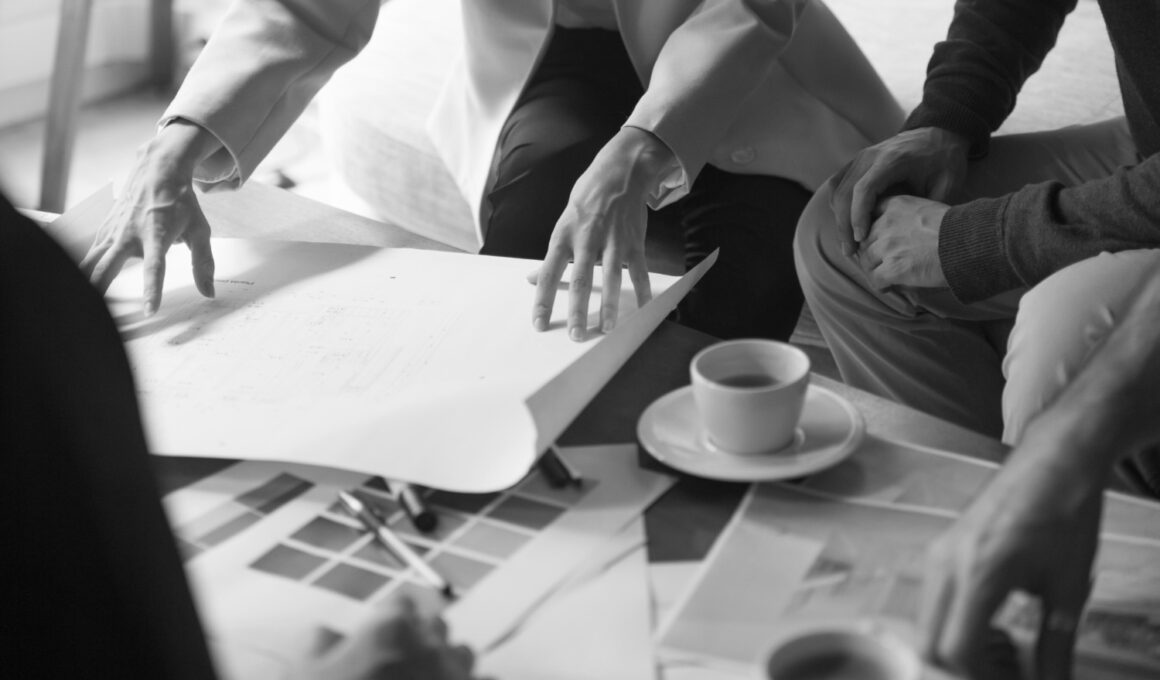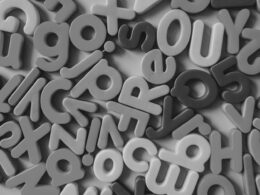Design projects often resemble a dance—an intricate interplay between the client and designer, vision and expertise. Striking the right balance can lead to a harmonious outcome, but missteps in this dance can result in discord. Let’s explore the nuances of this intricate collaboration.
Client Led
Clients, equipped with industry-specific knowledge and a vision for their brand, play a pivotal role in guiding the design process. Their insights into the brand’s history, audience and future goals offer invaluable direction, ensuring that the design resonates effectively with the target demographic. However, there are a few potential drawbacks to client-led designs. Firstly, they may have a limited understanding of design principles and theories. This gap can lead to unrealisable expectations or requests that may not align seamlessly with effective design practices. Additionally, overinvolvement from clients poses the risk of micromanagement, potentially stifling the creative freedom crucial for innovative design.
Striking a delicate balance becomes essential to foster a collaborative atmosphere without impeding the creative process. Prompt and constructive feedback from clients is imperative and underscores the importance of a well-coordinated and communicative client-designer partnership.
Designer Led
Designers, as custodians of creative expertise, bring a rich palette of skills to the design process when leading a project. Their ability to leverage this expertise results in visually compelling and effective solutions. The experience of designers equips them to make informed choices aligned with industry best practices, ensuring the project’s overall success. Moreover, a designer’s capacity to adapt swiftly to emerging trends and technologies becomes a valuable asset when leading a project. This adaptability allows them to integrate cutting-edge design elements, contributing to the project’s innovation and impact.
However, challenges sometimes arise in alignment with the client’s vision. Designers, without the client’s industry-specific insights, may at times produce visually impressive designs that do not fully resonate with the target audience. Additionally, leading designers must navigate the potential of exceeding budgetary or time restraints if they prioritize creativity and perfection. Achieving a harmonious balance between creative freedom and fiscal responsibility is paramount for a successful outcome.
Finding the Balance
The dance of design is most enchanting when both the client and designer synchronize their movements. The ideal collaboration involves a harmonious blend of the client’s vision and the designer’s creative expertise. Open communication, mutual respect, and a shared commitment to the project’s success are the essential ingredients for a dance that results in a masterpiece.









